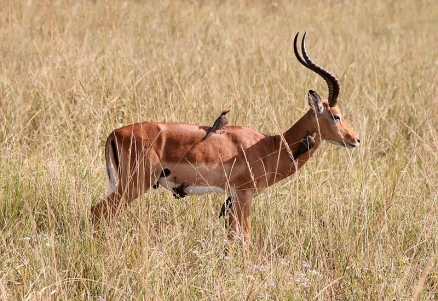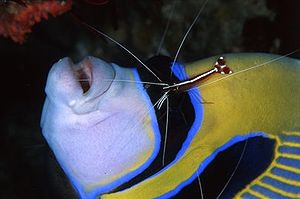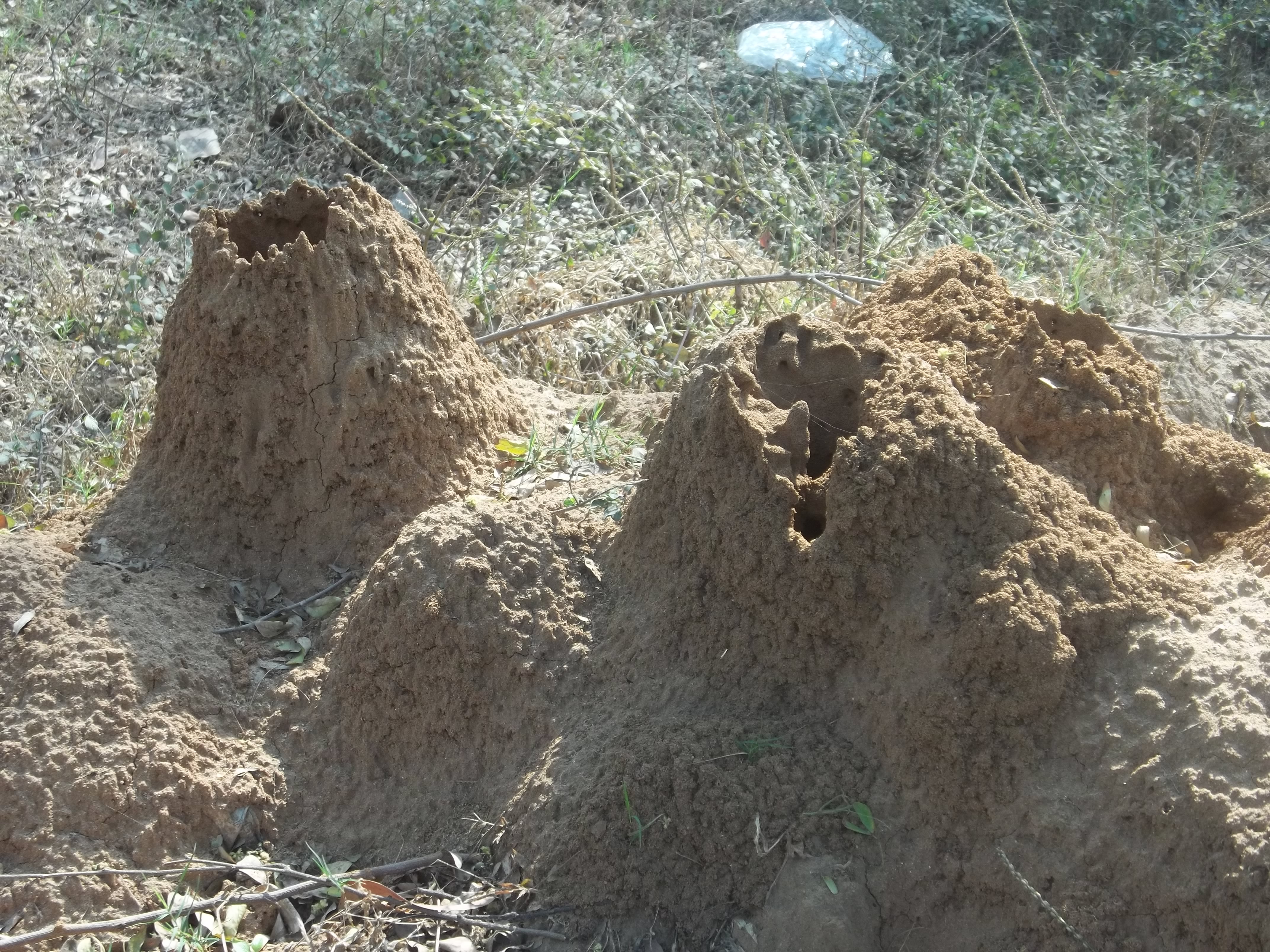Mutualism
Introduction
Mutualisms are ecological interactions between two species in which both benefit. Many mutualisms involve species living closely together (symbiosis); a species may be so dependent that it cannot live without its mutualistic partner (obligate mutualism). In other cases, a species can interact mutualistically with more than one partner (diffuse mutualism) or even live without its partner(s) under certain conditions (facultative mutualism). Although all species involved in a mutualistic relationship contribute to the partnership, we still expect each species to be "selfish" and to evolve traits that provide the maximum possible fitness benefit while minimizing cost. (Mutualism)
Types of Mutualisms
1. Trophic mutualisms are interactions in which both species receive a benefit of resources. Organisms require both nutrients and energy to survive. In many trophic mutualisms, a plant provides energy from photosynthesis to a partner species. The partner, often a microbe, then provides the plant with increased access to nutrients. Examples include lichens (a symbiosis between a fungus and an alga), as well as associations between mycorrhizal fungi and plants, between Rhizobium bacteria and legumes, and between corals and zooxanthellae. Other trophic partnerships involve animals. Termites are social insects that are able to feed on wood because of a community of protists and bacteria that live in the insects' guts. The microorganisms produce the enzymes which digest the cellulose in the wood.
2. Defensive mutualisms are interactions in which one species receives food or shelter in return for protecting its partner species from predators or parasites. Some species provide direct food rewards to a species whose presence decreases risk of predation. Two well-known examples involving ants are associations between Pseudomyrmex ants and Acacia shrubs in Central America, and between wood ants and aphids in the forests of Europe and North America. In cleaning symbioses, a cleaner species receives a food reward by removing (and eating) parasites from the body of its partner. Many biologists consider some forms of mimicry to be special cases of defensive mutualism. For example, the aposematic species involved in a Mullerian mimetic association all converge on the same coloration, thereby reducing the number of patterns that local predators have to learn. All the prey species involved benefit because predators avoid them.
3. Dispersive mutualisms are interactions in which one species receives food in exchange for moving the pollen or seeds of its partner. A variety of animals, including some insects, birds, and mammals, are involved in pollination and seed dispersal. Angiosperms (flowering plants) produce high-energy nectar to attract these animals, which become covered with pollen while gathering the nectar. Seed dispersers benefit from energy and nutrients found in fruits. Animals consume the fruits, and the enclosed seeds are eliminated from the gut, often far from the parental plant.
Further Reading
- Ricklefs, R.E. 2001. Economy of Nature (5th ed.) W.H. Freeman and Company, New York, NY. ISBN: 071673883X



